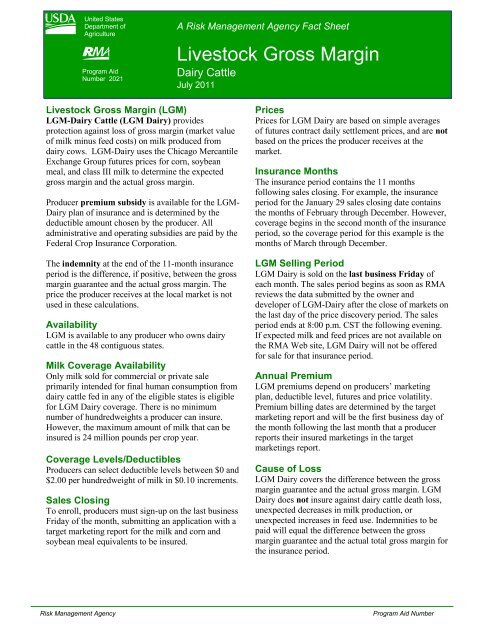
There are several options available to you if your employee consistently delivers below average performance. Finding the root cause of poor performance is the first step to addressing it. If the cause is poor skill, you may need contractual terms or restrictions to restrict the employee’s employment. You may also need to fire the employee if they are causing a problem for the team. You may end up wasting time and resources trying solve the problem.
Managing poor performance
Many managers find it frustrating and time-consuming to manage poor performance. Managers must be specific in identifying the reasons for poor performance. It is tempting to call a poor performer "unproductive" or "not performing their job," but this is too vague to handle. You can also define poor performance as "not reaching sales goals" which is more specific and might be more effective. Poor performance could also be caused by poor work environments, lack of training, or lack of resources.
Managers can learn how to manage a low performer by taking a performance management class. Effective performance management starts with an honest review of employees' work performance and collecting data that will help to pinpoint the problem.

Understanding the causes behind poor performance
For employees to be more productive, it is crucial to identify the causes of poor performance. Performance problems may be caused by a number factors such as employee motivation, skills and training. Another cause of poor performance can be a lack of clear expectations. Managers should be clear about what they expect of their team members and provide additional training and mentoring as needed.
Managers will be able to devise strategies for improving performance by understanding the causes. There are four main themes to poor performance, although each cause is different. The workplace environment is a major factor in the causes. Employers are unlikely to see a positive effect on employee performance if they have low expectations.
Identifying the barriers to performance
As an organizational leader, identifying the barriers to poor performance is essential for the success of your company. Employee engagement, motivation, as well as performance, can be negatively affected by poor performance. In addition, a great leader is an excellent role model, exhibiting the behaviors he expects from his employees. Many times, the obstacles that prevent optimal performance are unconscious and stem from emotions below the surface.
These barriers can often be perceived as a lack or formal authority, data access issues, or other factors that are limiting an employee's performance. You can identify the barriers that are limiting your employee's performance and determine the best way to remove them. Some solutions require a combination of different tools and techniques.

Poor performance can lead to the dismissal of employees
Poor performance can lead to many problems. It can actually lead to strained relationships and lower employee engagement. In addition, it can have long-term negative consequences on the culture of an organization. Resignations based upon poor performance should be based only on objective and fair grounds.
Many times, poor performance can be justified by the violation of a company's policy. An example would be a worker who posted inappropriate content on social media or was otherwise in violation of company policies. It is possible that they have also checked their personal accounts outside of work hours. Employers should remind these employees of their policies and, if they fail to follow them, take more severe measures.
FAQ
What kind of people use Six Sigma
Six Sigma is well-known to those who have worked in operations research and statistics. It can be used by anyone in any business aspect.
This requires a lot of dedication, so only people with great leadership skills can make the effort to implement it.
What role does a manager have in a company's success?
Different industries have different roles for managers.
A manager generally manages the day to-day operations in a company.
He/she will ensure that the company fulfills its financial obligations.
He/she makes sure that employees adhere to the rules and regulations as well as quality standards.
He/she plans new products and services and oversees marketing campaigns.
What are management concepts?
Management Concepts are the management principles and practices that managers use in managing people and resources. They cover topics such as job descriptions and performance evaluations, human resource policies, training programs, employee motivation, compens systems, organizational structure, among others.
Why is it important that companies use project management methods?
Project management techniques are used to ensure that projects run smoothly and meet deadlines.
This is because most businesses rely heavily on project work to produce goods and services.
These projects must be managed efficiently and effectively by companies.
Companies could lose their time, reputation, and money without effective project management.
How to manage employees effectively?
Managing employees effectively means ensuring that they are happy and productive.
It means setting clear expectations for them and keeping an eye on their performance.
Managers must set clear goals for their employees and themselves to achieve this goal.
They need to communicate clearly and openly with staff members. And they need to ensure that they reward good performance and discipline poor performers.
They should also keep records of all activities within their team. These include:
-
What was the result?
-
How much work was put in?
-
Who did it?
-
What was the moment it was completed?
-
Why was it done?
This information can be used for monitoring performance and evaluating results.
How do we build a culture that is successful in our company?
A successful company culture is one that makes people feel valued and respected.
It is founded on three basic principles:
-
Everyone has something valuable to contribute
-
People are treated fairly
-
Individuals and groups can have mutual respect
These values can be seen in the behavior of people. They will treat others with respect and kindness.
They will listen respectfully to the opinions of others.
They can also be a source of inspiration for others.
Additionally, the company culture encourages open communication as well as collaboration.
People feel comfortable expressing their opinions freely without fear of reprisal.
They know that they will not be judged if they make mistakes, as long as the matter is dealt with honestly.
Finally, the company culture promotes honesty and integrity.
Everyone knows that they must always tell the truth.
Everyone understands there are rules that they must follow.
Everyone does not expect to receive special treatment.
What are the five management steps?
The five stages of any business are planning, execution, monitoring, review, and evaluation.
Setting goals for the future requires planning. This includes setting goals for the future and defining what you want.
Execution occurs when you actually carry out the plans. You need to make sure they're followed by everyone involved.
Monitoring is checking on progress towards achieving your objectives. Regular reviews of performance against targets, budgets, and other goals should be part.
Each year, reviews are held at the end. They provide an opportunity to assess whether everything went well during the year. If not then, you can make changes to improve your performance next year.
After the annual review is complete, evaluations are conducted. It helps to identify what went well and what didn’t. It also gives feedback on how well people did.
Statistics
- Hire the top business lawyers and save up to 60% on legal fees (upcounsel.com)
- 100% of the courses are offered online, and no campus visits are required — a big time-saver for you. (online.uc.edu)
- The profession is expected to grow 7% by 2028, a bit faster than the national average. (wgu.edu)
- The BLS says that financial services jobs like banking are expected to grow 4% by 2030, about as fast as the national average. (wgu.edu)
- As of 2020, personal bankers or tellers make an average of $32,620 per year, according to the BLS. (wgu.edu)
External Links
How To
What is Lean Manufacturing?
Lean Manufacturing methods are used to reduce waste through structured processes. They were developed in Japan by Toyota Motor Corporation (in the 1980s). It was designed to produce high-quality products at lower prices while maintaining their quality. Lean manufacturing emphasizes removing unnecessary steps from the production process. It consists of five basic elements: pull systems, continuous improvement, just-in-time, kaizen (continuous change), and 5S. Pull systems allow customers to get exactly what they want without having to do extra work. Continuous improvement means continuously improving on existing processes. Just-in–time refers when components or materials are delivered immediately to their intended destination. Kaizen is continuous improvement. This can be achieved by making small, incremental changes every day. The 5S acronym stands for sort in order, shine standardize and maintain. These five elements are used together to ensure the best possible results.
Lean Production System
Six key concepts form the foundation of the lean production system:
-
Flow: The goal is to move material and information as close as possible from customers.
-
Value stream mapping - break down each stage of a process into discrete tasks and create a flowchart of the entire process;
-
Five S's: Sort, Shine Standardize, Sustain, Set In Order, Shine and Shine
-
Kanban: Use visual signals such stickers, colored tape, or any other visual cues, to keep track your inventory.
-
Theory of constraints - identify bottlenecks in the process and eliminate them using lean tools like kanban boards;
-
Just-in time - Get components and materials delivered right at the point of usage;
-
Continuous improvement is making incremental improvements to your process, rather than trying to overhaul it all at once.